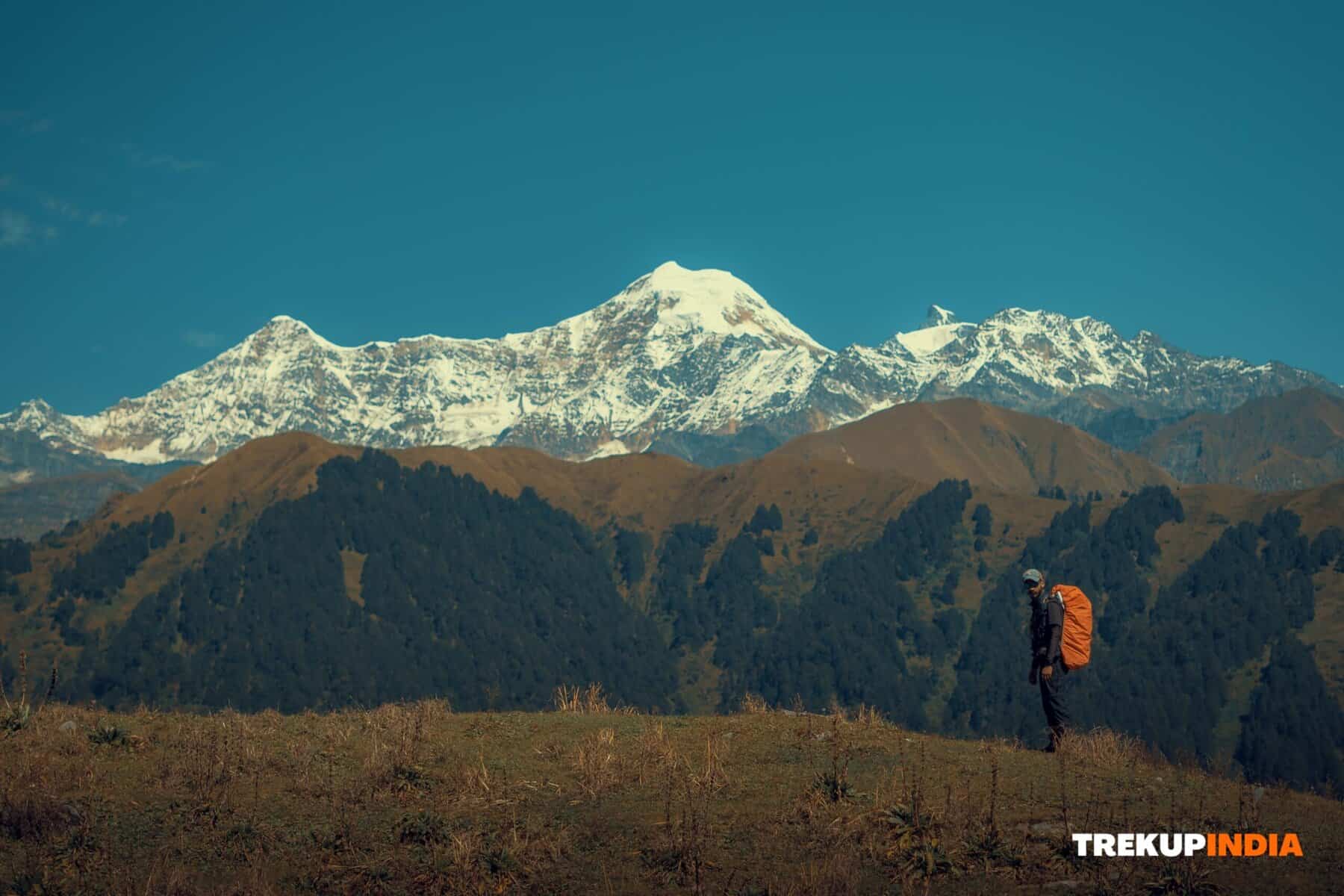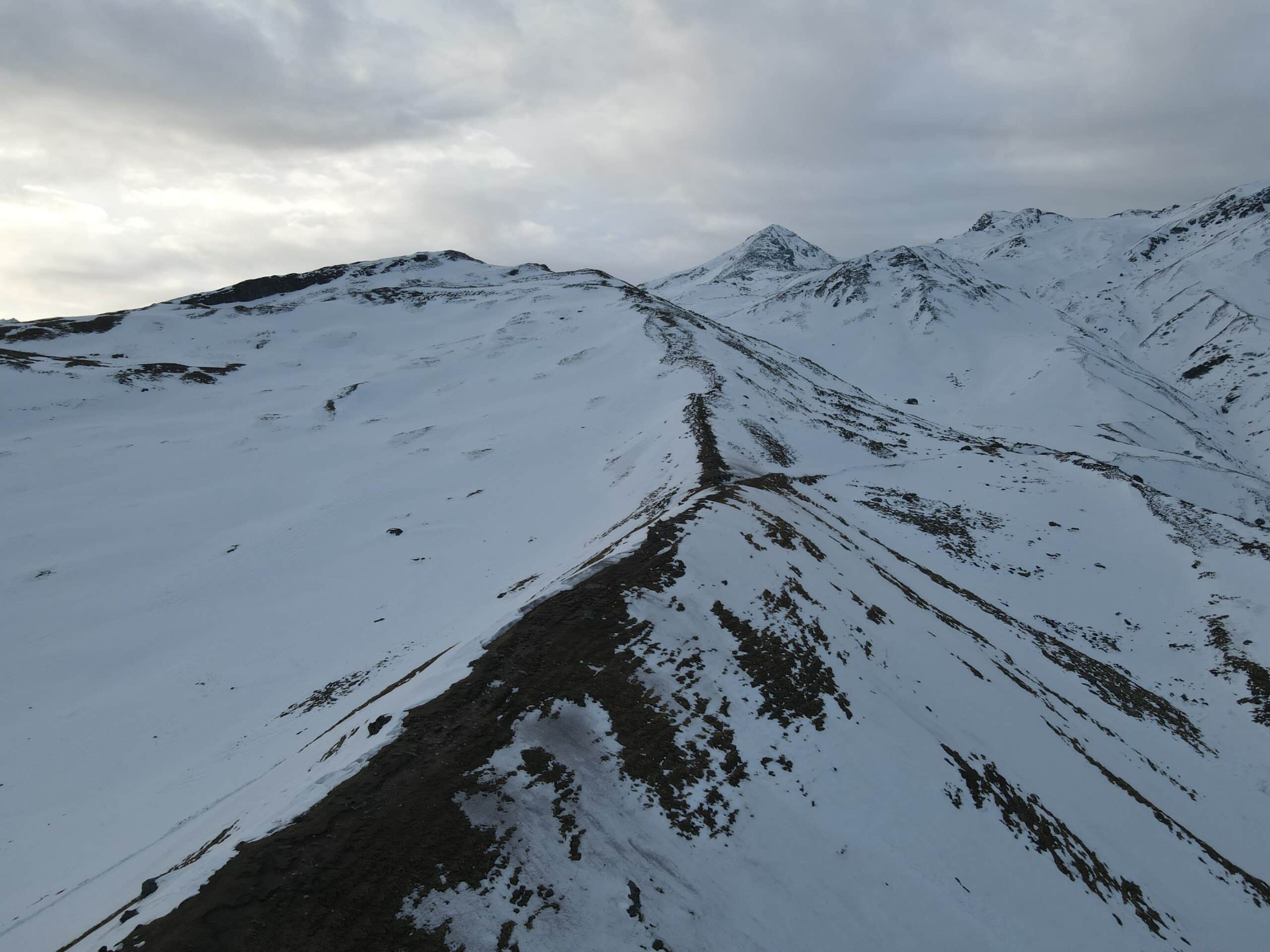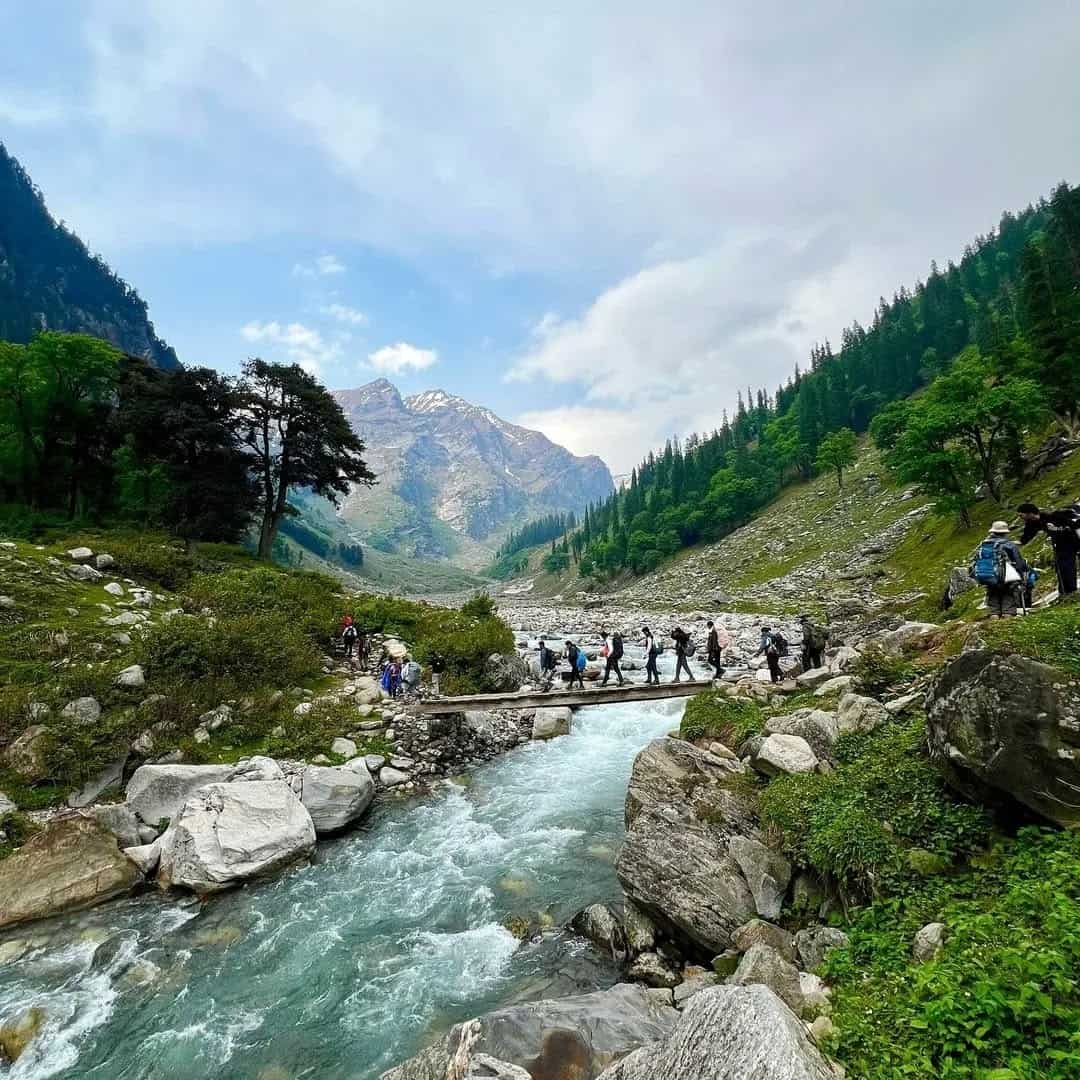Sleeping at High Altitude Tips: Why It’s Hard & Tips for Better Rest
At TrekUp India, we often hear trekkers ask “I climbed all day, why am I having trouble sleeping at night?” Unfortunately, this question can usually prove frustrating; altitude conditions in Ladakh, Uttarakhand, or Himachal make restful sleep especially difficult, even when physically fatigued.
Not all trekking experiences are equal; understanding the science behind altitude sickness can significantly enhance your trekking journey. Understanding its causes and how to address them will enhance the pleasure and comfort of trekking adventures.
Reasons Why Sleep Is Difficult at Altitude
- Lower Oxygen Availability
As we ascend, oxygen levels reduce. Our bodies respond by breathing faster, even during sleep, which could result in frequent awakenings and an uneasy feeling when breathing normally during restful slumber.
- Periodic Breathing
Periodic breathing, commonly found at high altitudes, involves rapid changes between shallow and deep breathing with no apparent pause between cycles. While its effects aren’t serious, they may still disrupt sleep cycles significantly and lead to discomfort and disruptions during the night.
- Altitude Sickness
Mild Acute Mountain Sickness (AMS), including nausea, headaches, and dizziness, may prevent an uninterrupted night’s rest on your first night in altitude.
- Colder Temperatures
As night falls, temperatures quickly decrease. Even the best sleeping bag won’t be enough to ease any aches or discomfort brought on by cold temperatures, which may impede your ability to turn and spin during sleep.
- New Environment Stress
Adjusting to life in a tent, including its noises, smaller space, and changing sleeping schedule, causes anxiety for many people.
TrekUp India Tips to Achieve Better Sleep at Altitude
Climb Slowly
Allow your body time to adapt. TrekUp India designs itineraries that accommodate altitude gains with appropriate breaks or “climb high, then sleep very” methods to help your body adjust more effectively.
Stay HydratedBut Not Overhydrated
Dehydration can disrupt sleep and lead to Acute Malnutrition Syndrome. Incorporate drinking water throughout the day; however, to avoid latenight restroom trips, reduce how much water you take in at once during bedtime.
Avoid Alcohol & Smoking
Alcohol and smoking interfere with oxygen absorption, disrupting natural sleep cycles. Instead, switch up your routine with warm beverages like tea, soup, or water with garlic as alternatives.
Proper use of a sleeping bag involves using thermal liners and additional layers, as well as making sure that your sleeping bag is closed tightly enough to stay put through each night. Furthermore, use woolen socks and caps to minimize heat loss from different body parts.
Wear Layers, Not TightFitting Clothes
Opt for layering up with clothing that traps heat while still allowing airflow, rather than tight clothing. This provides heat retention without restricting circulation.
Dining on Light but Warm Meals
Digesting heavy meals may be more difficult in high altitude environments; therefore, opting for carbohydraterich dishes like rice, roti, and khichdi to stay warm while providing longlasting energy is the best practice to stay energized throughout your night’s trek.
Breathing Exercise
Pranayama or deep Breathing before bedtime can help relax and regulate breathing patterns to ease slumber. Practicing pranayama or deep breathing techniques before sleep can ease body tensions and improve respiratory regulation, making it more straightforward to fall asleep.
Lift Your Head Slightly
Raising the head slightly may help decrease snoring and improve breathing when the air is thinner, as well as help with sleeping through the night.
Stay Warm Inside the Tent
Use a foam pad or mat as insulation against freezing temperatures from the surface. Additionally, place clothes to wear the following day inside your sleeping bag so they are comfy.
When to Be Concerned
If you are experiencing difficulty sleeping or suffering from intense headaches, nausea, and confusion when at home, this could be an early indicator of acute AMS/HAPE/HACE that needs immediate medical attention and evacuation. TrekUp India guides are certified first aiders trained for high altitudes who provide oxygen in case of emergencies, as well as communication devices in case they arise.
Sleep Improvement during Acclimatization
Good news? Most trekkers adjust after just a few nights at higher altitudes, as their oxygen level rises during sleep and their body works more effectively in lower altitude environments.
At TrekUp India, our trips are not only designed to be enjoyable but also to aid your body’s natural rhythms. Sleep may initially seem unattainable, but with the proper method, you will soon find your groove even under the nightlit Himalayan skies.
Conclusion
Trekking at high altitudes presents unique challenges. Sleep disturbances are common yet easily manageable; at TrekUp India, we recognize the significance of quality restful rest for ensuring an enjoyable and productive adventure experience. By understanding why sleeping becomes challenging be it due to lower oxygen levels, temperatures, or environmental stress and using simple yet effective strategies such as gradual acclimatization with proper layering techniques, managing hydration needs efficiently, mindful breathing techniques, and deep breaths, you can greatly increase the quality of restful slumber at altitude.
Remember that your body’s adaptations are taking place with remarkable speed at higher altitudes. By paying attention to yourself and following all necessary steps with patience and a proper assistance system, a restful night won’t just be a dream; it will become one of the most transformative elements of your journey. Be patient as the Himalayas lead you toward restful nights under stars.
Share this article
Want To Trek Like Pro?
Check out the following videos if you want to trek like a pro trekker and improve your skills. These videos contain helpful tips, tricks, and techniques to help you trek like a pro. Whether you’re a beginner or an experienced trekker, these videos can provide valuable insights to enhance your trekking experience. So, watch the videos below by Trekup India experts to take your trekking skills to the next level.







Know Everything About Acute Mountain Sickness
Acute Mountain Sickness is a medical condition that can occur when individuals travel to high altitudes, typically above 8,000 feet. It is caused by the decrease in air pressure and oxygen levels in the air as altitude increases. Symptoms of Acute Mountain Sickness may include headache, nausea, vomiting, dizziness, and difficulty sleeping. To avoid Acute Mountain Sickness, it is important to gradually adjust to high altitudes and seek medical attention if symptoms worsen. To learn more about this condition, check out the videos by Trekup India.









